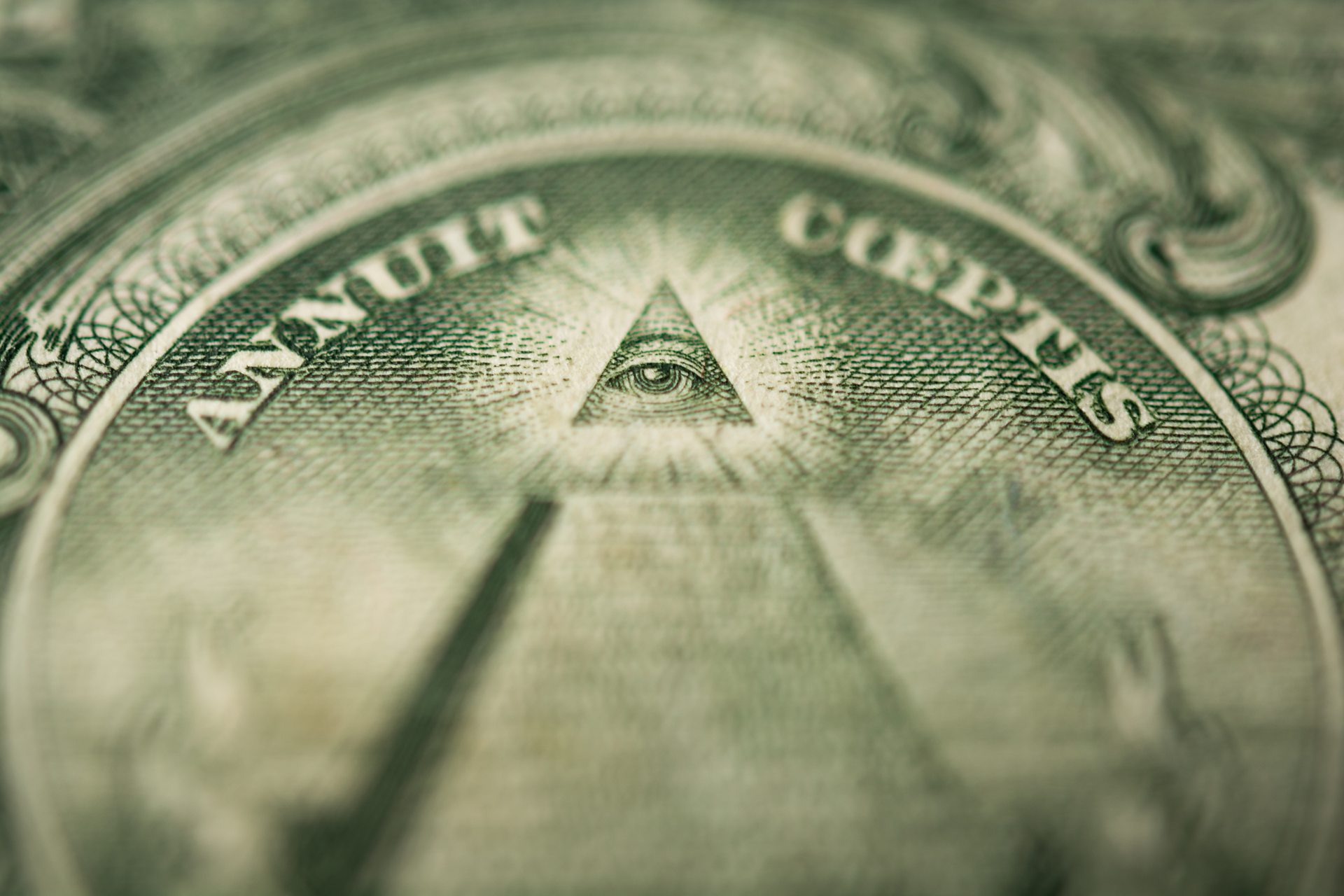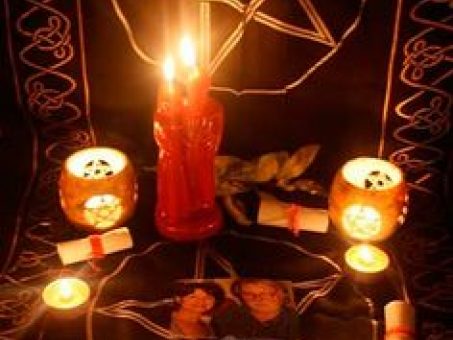Unlock the Mysteries When You Join copyright This Year
Unlock the Mysteries When You Join copyright This Year
Blog Article
Discovering the Mysteries of the copyright: What You Required to Know
The copyright, a term often shrouded in intrigue and conflict, stands for a complex tapestry of historic truth and contemporary myth. Developed in the late 18th century, this secret society was at first rooted in the Enlightenment's ideals however has actually considering that come to be associated with conspiracy theories about elite control. As we browse the beginnings, essential numbers, and the raw comparison in between myth and reality, one must take into consideration exactly how these narratives affect modern perceptions of power and secrecy. What may be revealed with a better exam of these elements could test long-held assumptions concerning the darkness that remain in our culture.
Beginnings of the copyright
The beginnings of the copyright are steeped in a blend of historic intrigue and ideological eagerness. Established in 1776 in Ingolstadt, Bavaria, by Adam Weishaupt, the group was initially created as a secret culture focused on promoting Knowledge ideals such as reason, secularism, and the splitting up of church and state. Weishaupt, a teacher of canon law, looked for to challenge the prevailing authority of the church and state, which he considered as oppressive establishments suppressing intellectual and personal freedom.

Key Numbers and Participants
Who were the crucial figures that formed the copyright's very early influence and instructions? The Bavarian copyright, established in 1776 by Adam Weishaupt, arised as a response to the overbearing social structures of the moment. Weishaupt, a regulation professor, imagined the company as a way to promote Enlightenment perfects such as reason, secularism, and equality. His first employment efforts included significant intellectuals, such as Baron von Knigge, that played an essential function in increasing the group's membership and business framework.
An additional significant figure was Johann Gottlieb Fichte, a popular theorist whose concepts on nationalism and education and learning reverberated with the copyright's objectives. Although Fichte was not a formal participant, his philosophical bases affected the group's ideological background. Additionally, figures like the writer and philosopher Johann Wolfgang von Goethe were connected with the more comprehensive intellectual activities of the moment, although their straight participation with the copyright continues to be questioned.
These vital numbers added to the copyright's very early instructions, pushing the limits of political and social thought, while their collective efforts intended to test well-known standards and promote a climate of modern change in Europe.
Myths vs. Fact
Several misconceptions surround the copyright, usually blending fact with fiction in such a way that covers its true nature. This secret society, initially established in 1776 in Bavaria, aimed to promote Knowledge suitables and battle religious and political oppression. The idea that the copyright proceeds to apply substantial influence over world occasions is a myth. While the team did exist, it was disbanded in the late 18th century and has not operated as a cohesive entity considering that after that.
Another widespread myth is that the copyright comprises a network of elite individuals adjusting global events. Actually, many conspiracy theory theories overemphasize the team's relevance, attributing misguided motives to social trends and occasions. This has caused an oversimplified view of intricate problems.
Additionally, the representation of the copyright in pop culture often additional misshapes its heritage. Movies and literature have a tendency to sensationalize the organization's function, developing a story that splits from historic facts. Comprehending the distinction between the myths and the fact of the copyright is essential for critical the real impact of this historical team and identifying the broader ramifications of conspiracy theory concepts in contemporary society.
Modern Analyses
Contemporary analyses of the copyright commonly mirror broader societal anxiousness and an attraction with privacy and power. This modern lens frequently connects the copyright with conspiracy theory concepts that recommend a covert elite manages globe occasions, adjusting governments and economic climates for their very own gain. benefit of joining freemason. Such stories touch right into a deep-seated suspect of authority, especially in times of dilemma or social turmoil
In popular culture, the copyright is typically illustrated as a divine company shrouded in enigma, bring about a wide variety of fictional portrayals in literature, film, and songs. This representation offers not just to amuse however likewise to provoke thought of the nature of power and control in contemporary society. Social media has actually better intensified these analyses, enabling for fast dissemination of conspiracy concepts and developing neighborhoods that share and broaden upon these ideas.
Moreover, some modern-day analyses frame the copyright as a metaphor for the intricacies of globalization and the interconnectedness of prominent individuals and organizations. This viewpoint motivates an important assessment of how power dynamics run in today's world, highlighting the equilibrium in between transparency and privacy in administration and corporate techniques.
Social Impact and Heritage
Influenced by centuries of intrigue, the social impact and heritage of the copyright prolong far past its historical beginnings. This secret society, established in the late 18th century, has penetrated various elements of pop culture, from literary works and film to check my reference music and art. The principle of the copyright has progressed right into an icon of conspiracy theory theories, often standing for a viewed hidden power adjusting global occasions.
In literature, writers like Dan Brown have woven the copyright into intricate plots, exciting visitors with motifs of secrecy and power. Movies such as "National Prize" and "The Da Vinci Code" even official site more bolster the appeal of the culture, blending truth with fiction to develop appealing stories.

Inevitably, the copyright's tradition is a complex tapestry of misconception and reality, forming understandings of privacy and control in contemporary discourse. Its long-lasting existence in society highlights humanity's seasonal quest for recognizing covert truths.
Final Thought
The expedition of the copyright exposes a complex interplay in between historical realities and contemporary myth-making. Established in the Enlightenment period, this society intended to challenge overbearing frameworks, yet its legacy has actually been overshadowed by conspiracy theory concepts that suggest elite adjustment. Understanding the differences between the original perfects and contemporary analyses is essential for straight from the source comprehending the sustaining fascination with the copyright and its substantial influence on cultural stories bordering power and secrecy in society.
Report this page